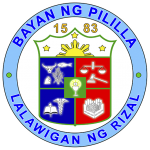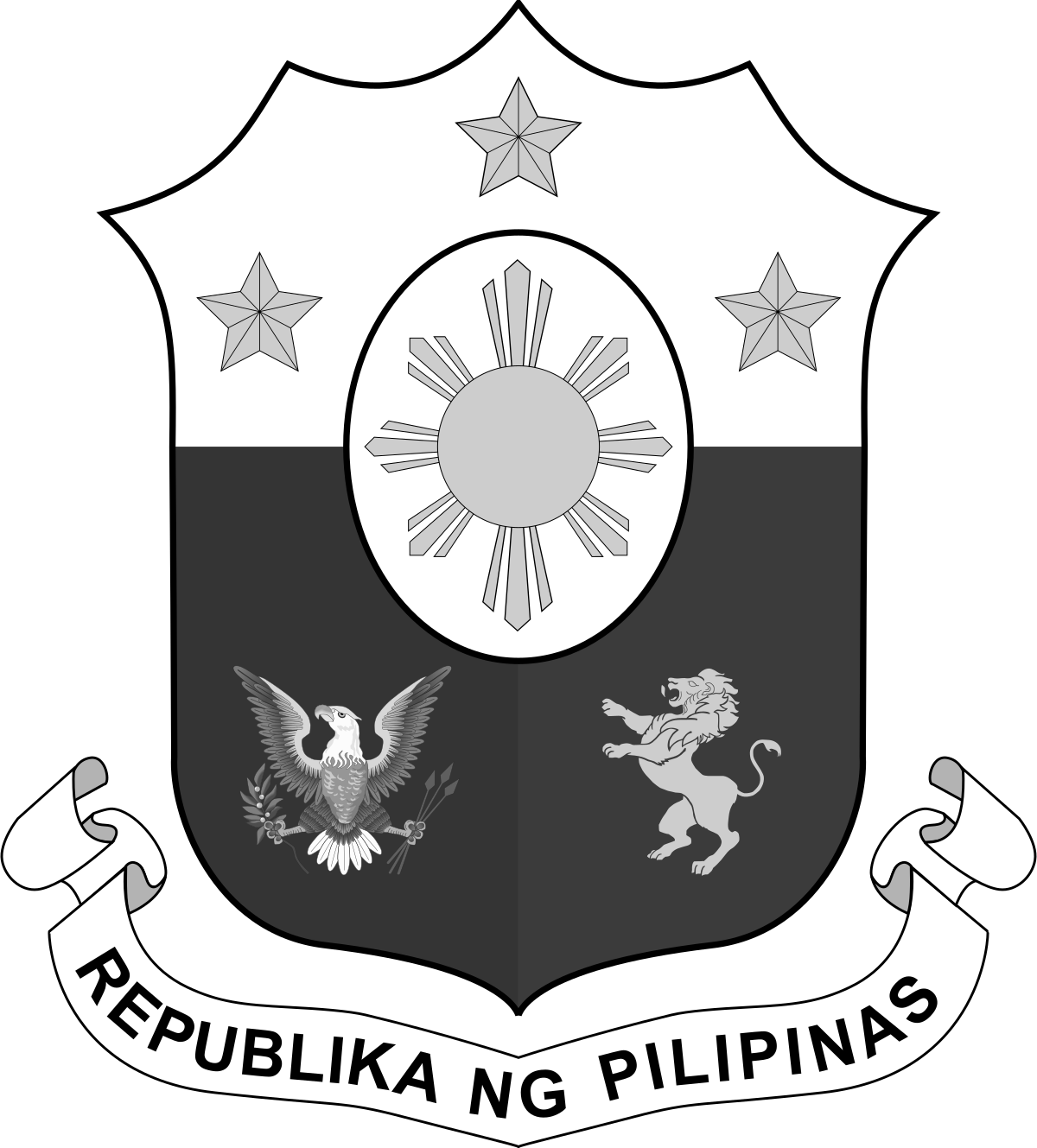A Glimpse of the Past
The Birth of Pililla
Pililla is an old community, having been founded as an Independent Municipality in 1583. Cavada, a Spanish historian, revealed that in the year 1571, the Spanish forces conquered the towns along Laguna de Bay which they called “Rinconada de Moron” and Pilang Munti was among those which surrendered to the superior force of the Spaniards.
Presently, the town is considered as a first class municipality, one of the 14 political subdivisions of the Province of Rizal. It is the easternmost portion of the province together with the Municipality of Jalajala.
Significant Milestone
Years of Significant Events
Year
Significant Events
1571
The first Spanish priests arrived at Pilang Morong on a mission to spread Christianity.
1582
Fr. Juan de Placencia and Fr. Diego de Oropesa established a “visita” barrio at Pilang Morong. The place was divided by the Spaniards into 5 “rancherias.”
1583
Pilang Morong became an independent municipality and the newly-formed town was named “Pililla” to indicate a smaller or younger version of Pila.
1599
The Supreme Government granted Pililla the authority to construct a church.
1600 – 1668
In 1600, the first church of cogon and bamboo was constructed in the Dolo Rio but it was burned down. A church made of wood was constructed in its place but it was also burned down with the whole town in 1632. Another church made of wood was built in 1668 but it was also gutted in a fire.
1670 – 1673
The present church was built and the edifice stands up to this day.
1676 -1825
As an autonomous town, Pililla encompassed several barrios including Tanay and Jalajala. Tanay became an independent town in 1606 and Jalajala was separated and made an independent town in 1786, only to be reincorporated as a barrio of Pililla in 1816. Nine years later, Jalajala was again separated from Pililla to become an independent municipality.
December, 1837
An election of local officials was held in Pililla participated in by residents of Morong, Pililla,Tanay, Baras, Jalajala, and a new town which was either the barrio of Quisao or Niogan.
1853
Pililla was incorporated to the newly created Distrito de los Montes de San Mateo and named, two years later, as Distrito Politico-Militar de Morong.
March,1861
Two principales of San Diego presented to the government a request that their territory be separated from Pililla and create an independent town to be called Perez. Administracion Civil disapproved the petition on grounds that the territory did not meet the pre-requisite of having at least 500 tributes
July, 1885
The remote Cabeza de Barangay of San Diego petitioned the government that it be made into a self-governing barrio of Pililla. A year later, the government approved the request after San Diego fulfilled the pre-condition to construct the necessary public buildings.
1896
The Katipuneros of Pililla and San Diego established their military camp at Rambo or Pabalang na Gubat.
August, 1898
Pililla was incorporated in the revolutionary government of Gen. Emilio Aguinaldo.
January, 1899
A fierce battle between the American forces and the Filipino defenders left Pililla partially ravaged by fire. Local troops retreated to the mountain of Tanay.
June, 1901
Pililla and San Diego were integrated into the newly created province of Rizal. Two years later, the Philippine Commission consolidated the towns of Pililla, San Diego and Jalajala, with the seat of government in Pililla.
1900 -1901
Regino Quitiong, the alcalde, was the first capitan under the American regime.
September,1907
Jalajala became an independent municipality while Quisao remained a barrio of Pililla up to the present.
1929
Majority of Jalajala’s tenant population transferred their homes to a new community called Longos in Pililla to avoid agrarian conflict with the plantation owner of Jalajala.
September, 1929
Don Ananias Vicencio, a philanthropist, donated a tract of land spanning 15 hectares to be distributed and assigned free of charge to residents of Longos.
December, 1942
March, 1945
During the liberation of the town, American bombing and shelling either burned or destroyed most of all the houses and public buildings in Pililla.




